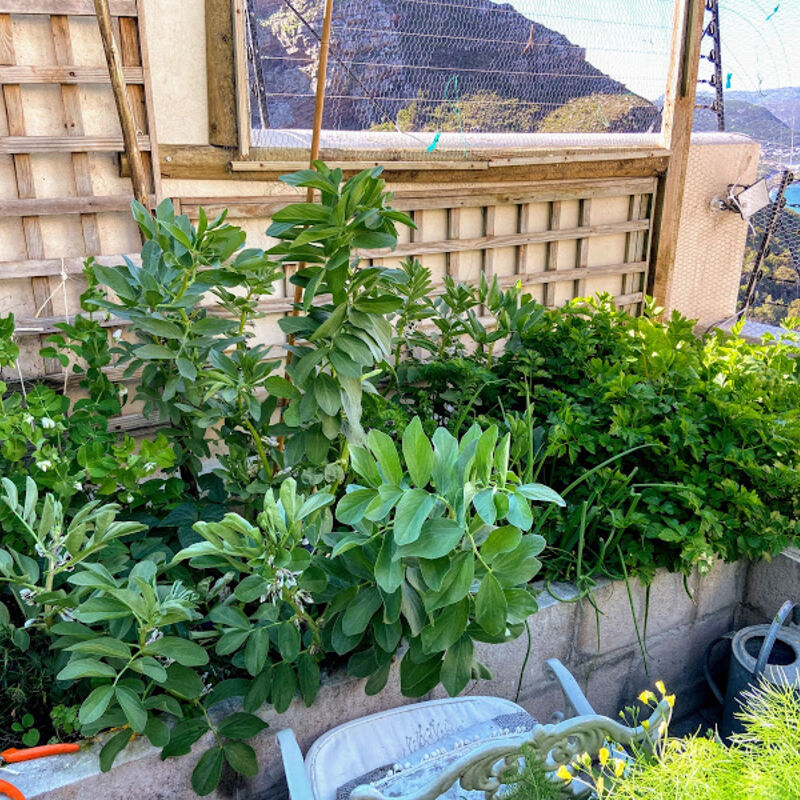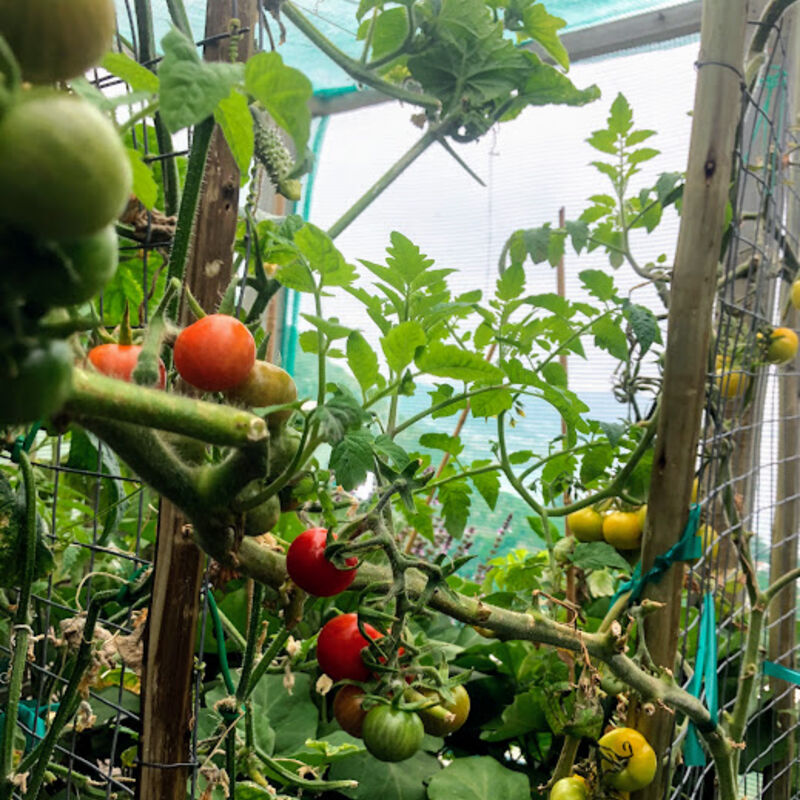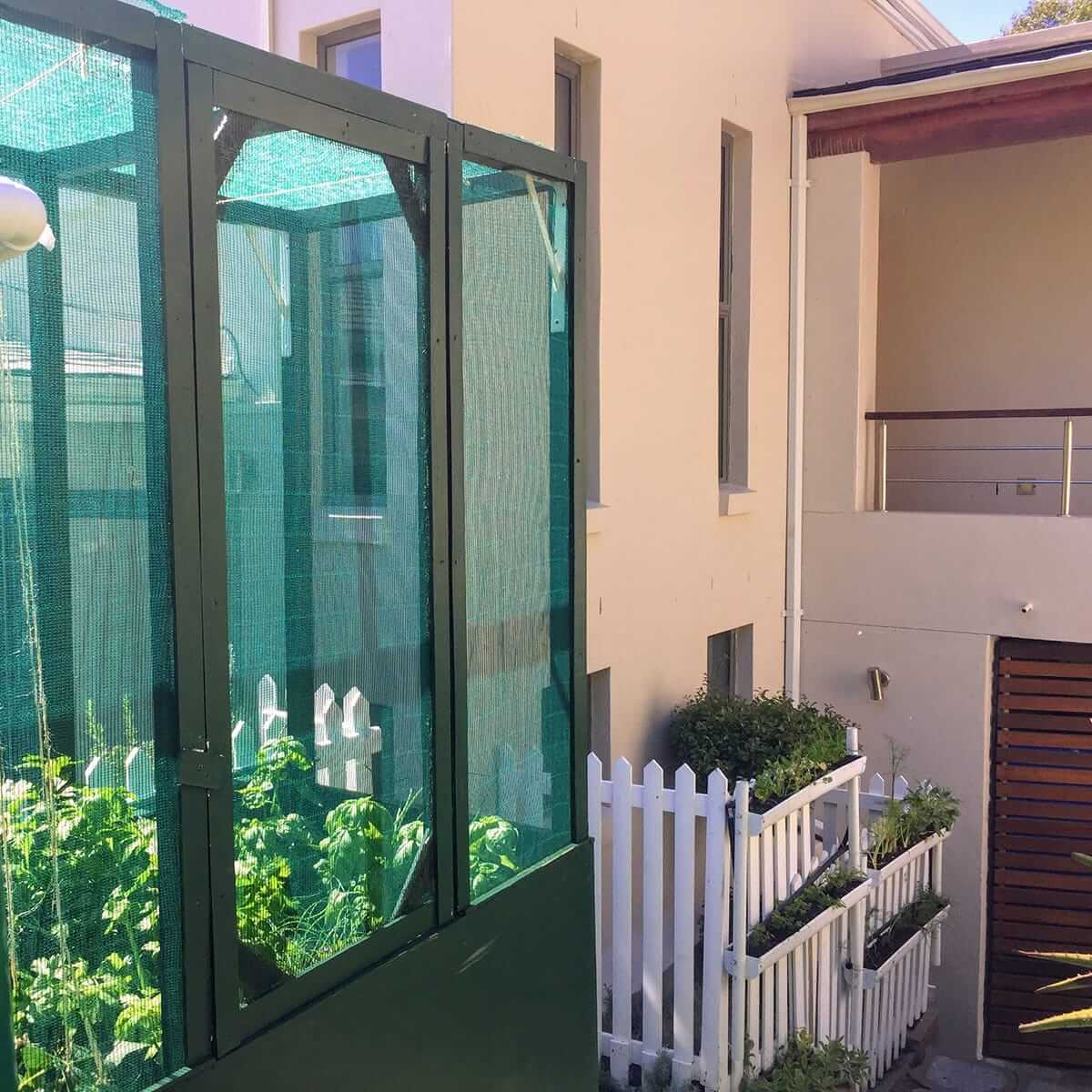Sunlight

Dimension 2 – the quality of light
Light quality refers to the light spectral distribution of the spectral colours that drives the plant's architecture, including the shape and colour of the leaves, the length and thickness of the stem etc.
Colours of light are either reflected or absorbed by plants. For example, Greenlight is mainly reflected by the leaves into our eyes when we look at them, so leaves look green.
The other colours of the spectrum are absorbed by the leaves and used by plants in photosynthesis to supply energy to nourish their cells, grow and create food.
Photosynthesis is defined as that process that converts solar energy into glucose with the chemical formula: 6 CO2 + 6 H2O + light energy gives C6H12O6 (sugar molecules) + 6O2.
The CO2 (carbon dioxide) and O2 (oxygen) move into and out of the small opening and closing pores in the leaves called stomata. The sugars produced by photosynthesis are used as building blocks in other chemical synthetic pathways that allow plants to grow.
Phoyosynthesis is achieved by the energy in the sunlight interacting with chlorophyll, the green substance in the leaves and stems of plants, carbon dioxide in the air, water, and nutrients from the soil to produce starch, sugar and protein.
Red light is the most photosynthetic and on its own produces long elongated plants.
Red light combined with blue light produces more normal-looking plants; although red light increases the length of the plant, blue light reduces the length of the plant cells.
Part of the sunlights energy comes in the form of heat. Excessive heat during the day of 90°F (32°C) and at night of 75°F (24°C) stresses plants.
Sunlight and What It Is
- Nearly all life on Earth is fueled by light energy eminating from the Sun which travels across the universe in waves of energy containedin packages of energy call photons.
- The Sun's energy arrives on the Earth as electromagnetic radiation.
Shade cloth and managing the sun in hot climates
In hot climates worldwide, vegetables are grown under shade cloth to reduce heat and light intensity, resulting in better quality and higher yields.
Shade cloth is a weather-resistant woven or knitted fabric available in densities ranging from 12% to 90%. The density represents the percentage of light blocked by the fabric; for example, a 47% shade cloth blocks 47% of sunlight. 30% to 50% shade cloth transmits sufficient light energy needed for photosynthesis for most plants to grow.
I use a 40% shade cloth for my plants in Cape Town.

Shade tollerent plants
Root vegetables, like carrots, radishes, beets, tolerate less than the full sun but still require 3 to 4 hours of light to complete their photosynthesis needs.
Shade tolerant vegetables such as lettuce or spinach develop dry, curled leaves or brown splotches when they exceed their sunlight requirements.

Far-red in the invisible infrared range of the electromagnetic spectrum comes into play when plants are in the shade.
The available red light colour is used up rapidly. The plants reorientate themselves to use whatever light is available, including far-red, which then affects red light.